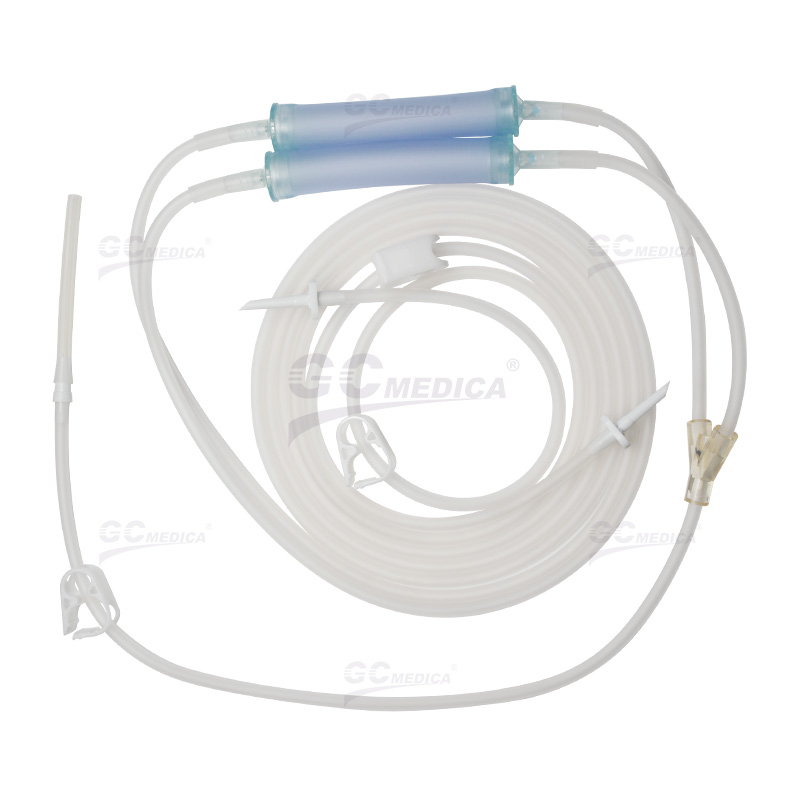Selecting the appropriate arthroscopy irrigation set is crucial for ensuring clear visualization, maintaining joint distension, and facilitating efficient surgical procedures. A well-chosen irrigation set enhances surgical outcomes and patient safety. Here are key factors to consider when selecting the ideal arthroscopy irrigation set:

Arthroscopy Irrigation Set (Click on the image to learn more >)
1. Flow Rate and Pressure Control
Effective irrigation relies on maintaining adequate flow rates and intra-articular pressure. An optimal irrigation system should provide a steady flow to clear debris and maintain joint distension without causing tissue damage. Studies have shown that the design of the scope-sheath combination significantly influences irrigation control, affecting both pressure and flow within the joint.
2. Compatibility with Surgical Equipment
Ensure that the irrigation set is compatible with existing surgical instruments and arthroscopic equipment. This includes verifying connector types, tubing dimensions, and integration with pump systems. Compatibility minimizes setup time and reduces the risk of equipment malfunctions during procedures.
3. Sterility and Single-Use Design
To prevent cross-contamination and infection, opt for single-use, sterile irrigation sets. Disposable sets eliminate the need for reprocessing and reduce the risk of pathogen transmission between patients. Adhering to sterility standards is essential for patient safety and compliance with healthcare regulations.
4. Ease of Use and Ergonomic Design
An ergonomically designed irrigation set can enhance the surgeon's efficiency and reduce fatigue. Features such as easy-to-operate clamps, flexible tubing, and intuitive assembly contribute to a smoother surgical workflow. For instance, some sets offer soft, easy-to-squeeze pump chambers that allow quick, high-flow irrigation delivery and rapid refill through uniquely designed one-way valve systems.
5. Quality of Materials
The durability and flexibility of the irrigation set depend on the quality of materials used. Medical-grade materials that are latex-free and DEHP-free are preferable to minimize allergic reactions and ensure patient safety. High-quality materials also withstand the rigors of surgical procedures without compromising performance.
6. Availability of Replacement Parts and Support
Consider the availability of replacement components and customer support services. Reliable suppliers should provide prompt assistance and readily available parts to address any issues that may arise during surgical procedures.
Conclusion
Selecting the ideal arthroscopy irrigation set involves careful evaluation of factors such as flow rate control, equipment compatibility, sterility, ergonomic design, material quality, and supplier support. By prioritizing these aspects, healthcare professionals can enhance surgical efficiency, ensure patient safety, and achieve optimal outcomes in arthroscopic procedures


 Français
Français Español
Español Products
Products

 About Us
About Us











